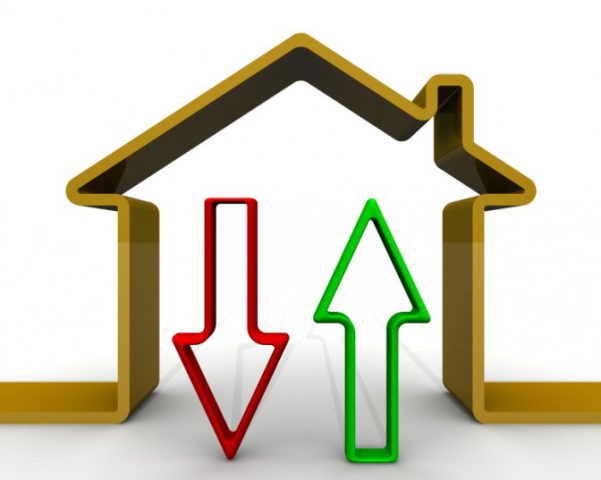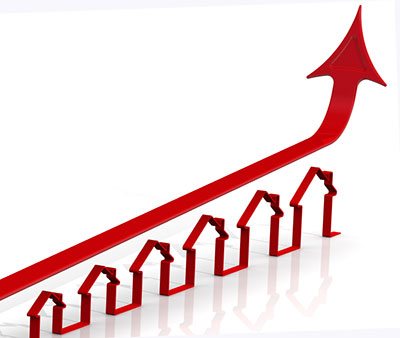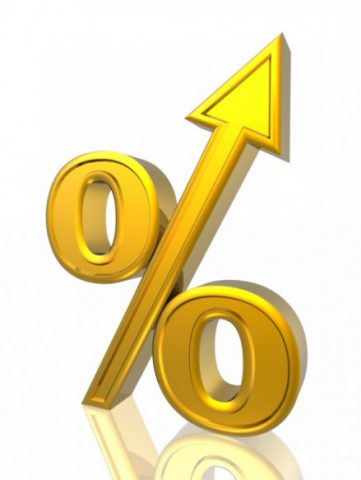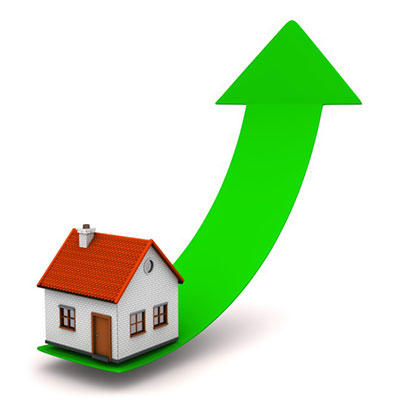How much does a bad view devalue property prices?
Interesting research has revealed how much having a bad view can devalue the price of a property.
The analysis from DirectBlinds.co.uk reveals that 56% of the population believe a house with a poor view will be worth less. 27% said that they would look to spend between £15,000 to £25,000 less on a property with a horrible view.
Views
What’s more, the research found that a poor view does not only affect the value of a property but can also impact on mood. 59% of those questioned said they would feel down due to a bad view.
The poll found that the three worst views are:
An industrial site (23%)
Derelict building (21%)
Motorway (15%)
Those in Edinburgh and in London however should not worry, with the survey finding these cities to have the best views in the UK. On the other hand, Birmingham was found to have the worst views, with 20% of respondents saying they were unhappy with theirs.

How much does a bad view devalue property prices?
David Roebuck, Managing Director of DirectBlinds.co.uk, said: ‘We were amazed to see how much a bad view could potentially affect what people are willing to pay for a property. The potential psychological effect is also concerning. Hopefully homeowners with terrible views will have some beautiful curtains or blinds to cover them up!’[1]
Favourites
Coming out of the city and into the country, it seems that the North is home to some of the best rural views. Lake Windermere was found to have favourite views, followed by the Yorkshire Dales and Ben Nevis.
The top 5 rural views were found to be:
Lake Windermere, Cumbria
Yorkshire Dales
Ben Nevis
The Cotswolds
Land’s End, Cornwall
[1] http://www.propertyreporter.co.uk/property/how-much-could-a-bad-view-devalue-your-home-by.html



